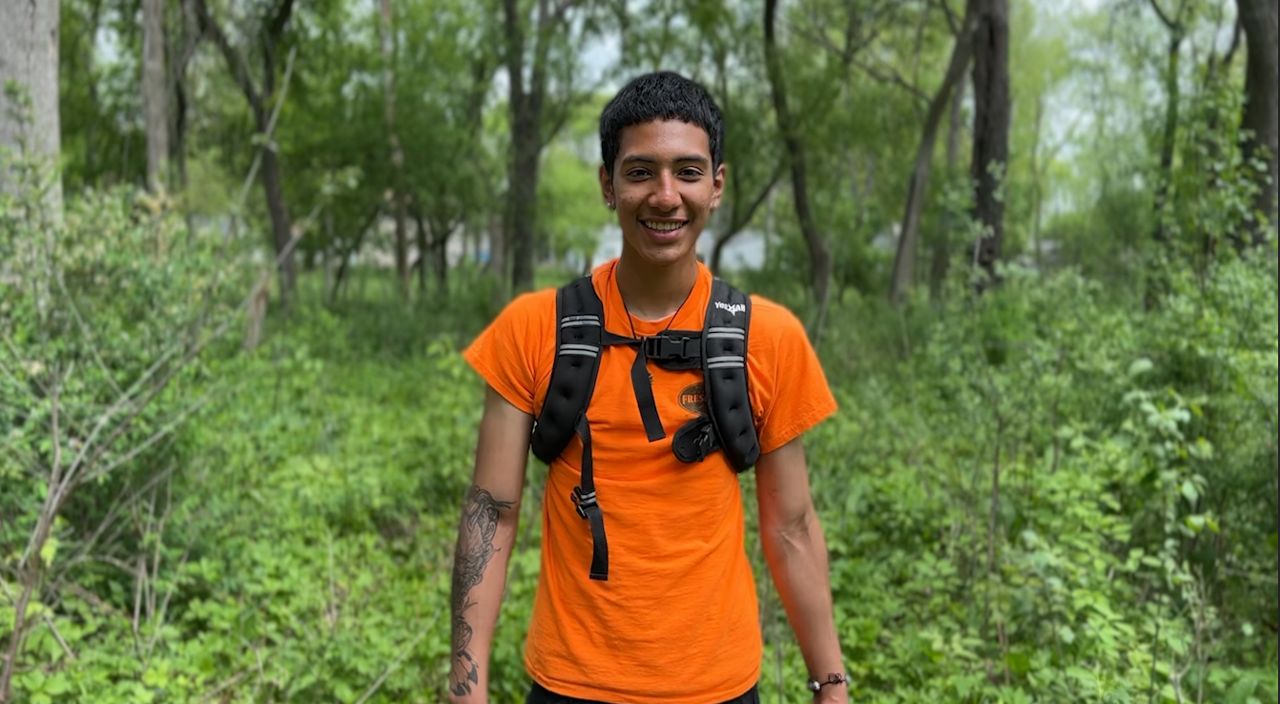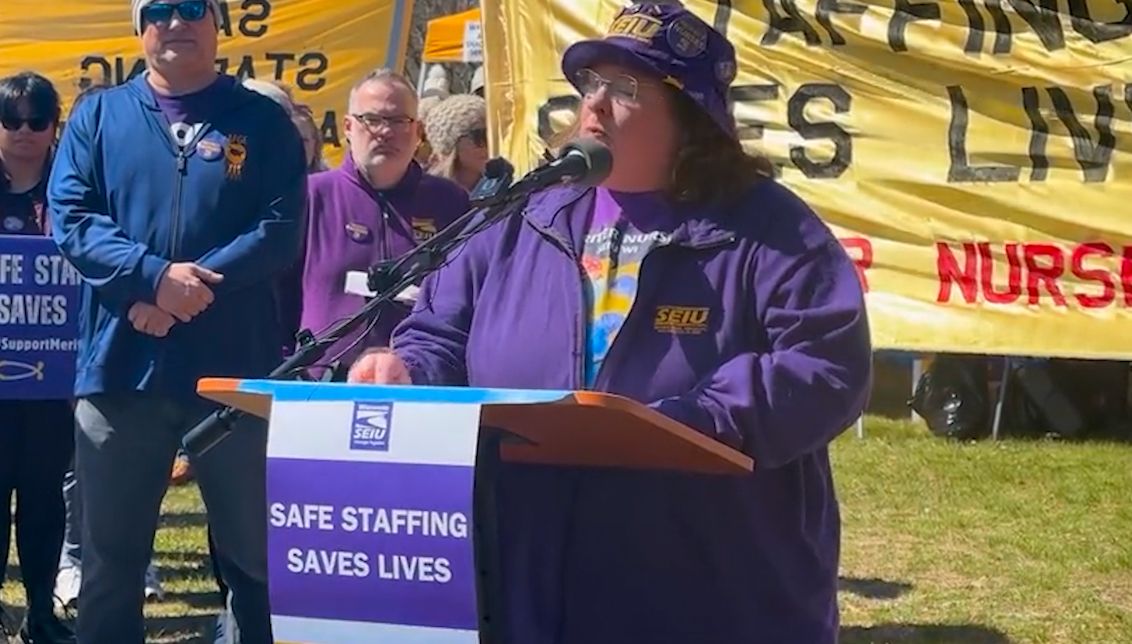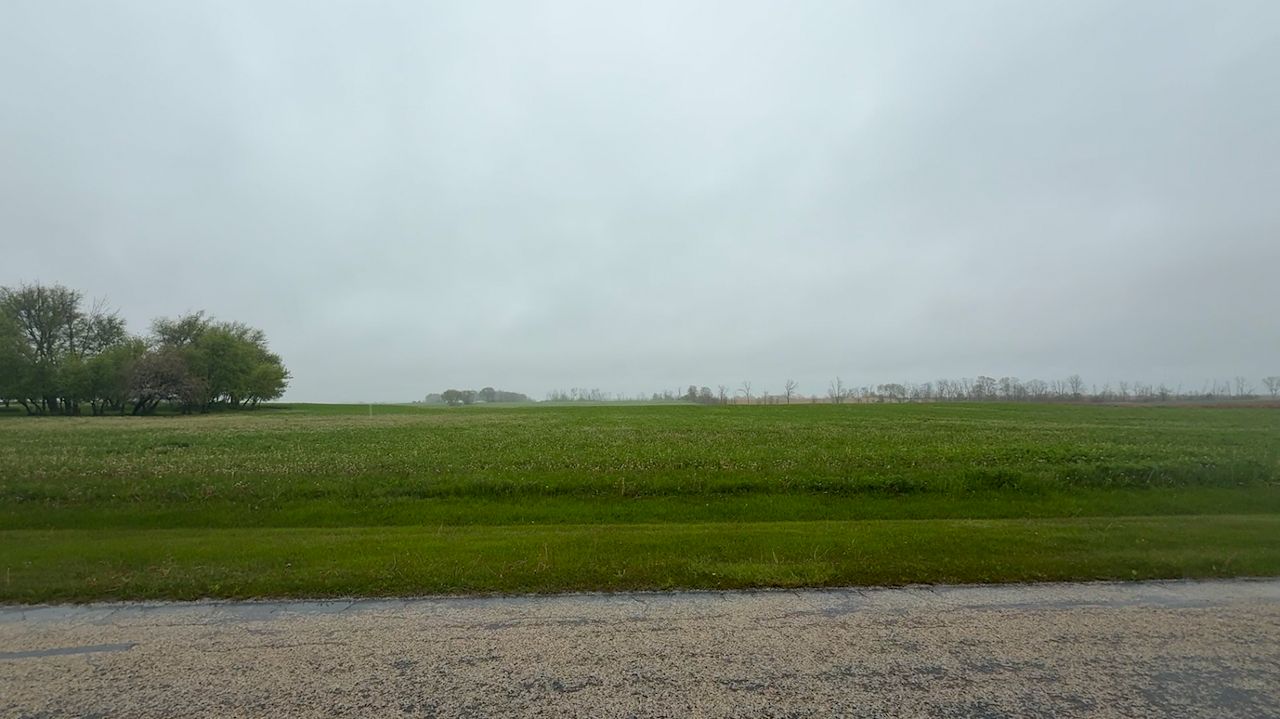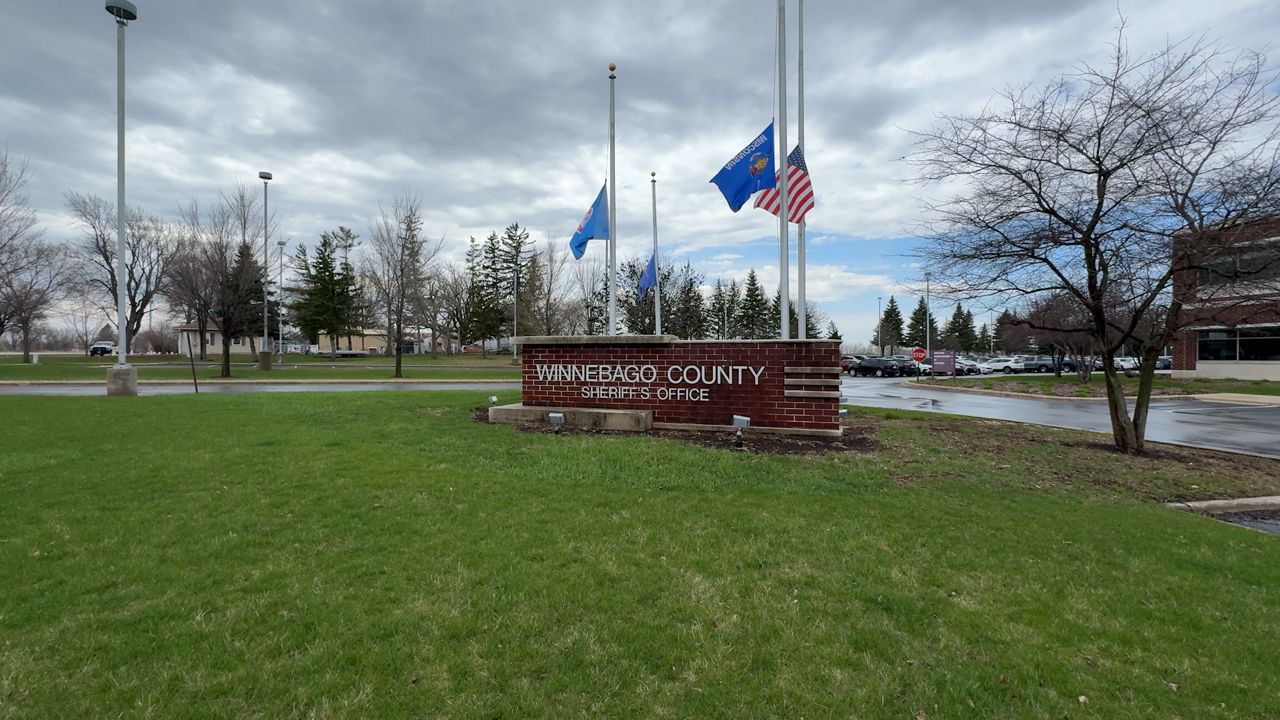TOWN OF NORWAY, Wis. — First responders put their lives on the line each and every day. But it’s the risks some may not think about, that can be one of the leading causes of death on the job.
For firefighters, cancer is one of the leading causes of death.
According to research from the Centers for Disease Control and Prevention and the National Institute for Occupational Health and Safety, firefighters have a 9% higher risk of being diagnosed with cancer. They also have a 14% higher risk of dying from cancer than the general U.S. population.
The Norway Fire Department is hoping to help reduce those numbers with the policies it now has in place.
Following policies and procedures is a part of the job as a first responder. For the Norway Fire Department, that now includes a step-by-step checklist for cancer prevention.
“I think it’s very important that these things are available to us to provide to our organization to keep them safe, to have a long and prosperous career, and have longevity after they retire,” Norway Fire Department Chief James Mollet said.
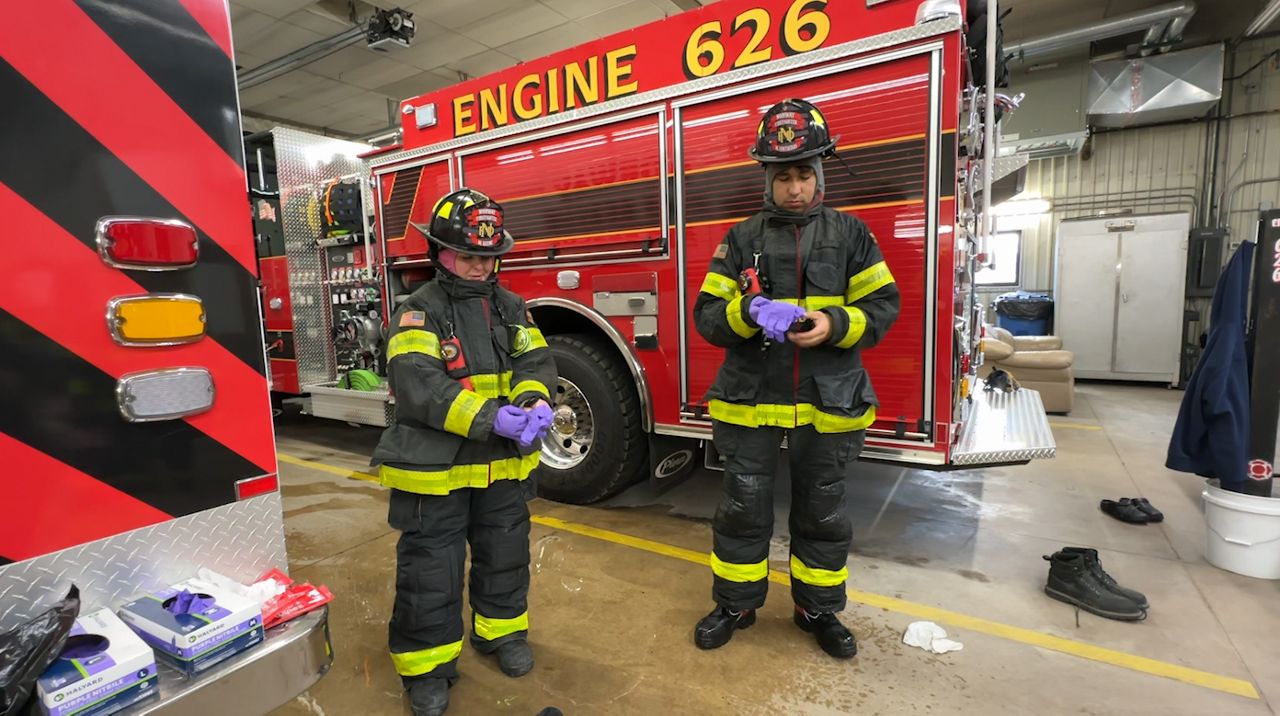
Mollet created this procedure back in 2019 and it won an award by the State Fire Chief’s Association. Since then, he’s added to it and has implemented it at the department he’s served as the chief at since 2023.
“It’s a very robust policy that I’ve been working on for a number of years,” Mollet said. “I think if departments aren’t using it, I think it’s important they at least take on some portion of it.”
The detailed list includes what firefighters should do to keep themselves limited to exposures following a fire.
Mollet said it requires firefighters to decontaminate their gear on site by washing and scrubbing it down. They must then use wipes to wipe down key points of their skin, like hands, face, armpits and more.
The department also requires firefighters to bag up their dirty gear to be washed and extracted when returning to the department.
Once they return to the department, his team must shower with activated charcoal within an hour of getting back to remove carcinogens from their bodies.
Those steps are just a few that his first responders have been following for the past six to eight months since the plan has been implemented.
Firefighter/paramedic Madi Keene said it’s the first time her department has had protocols like this in place to prevent cancer.
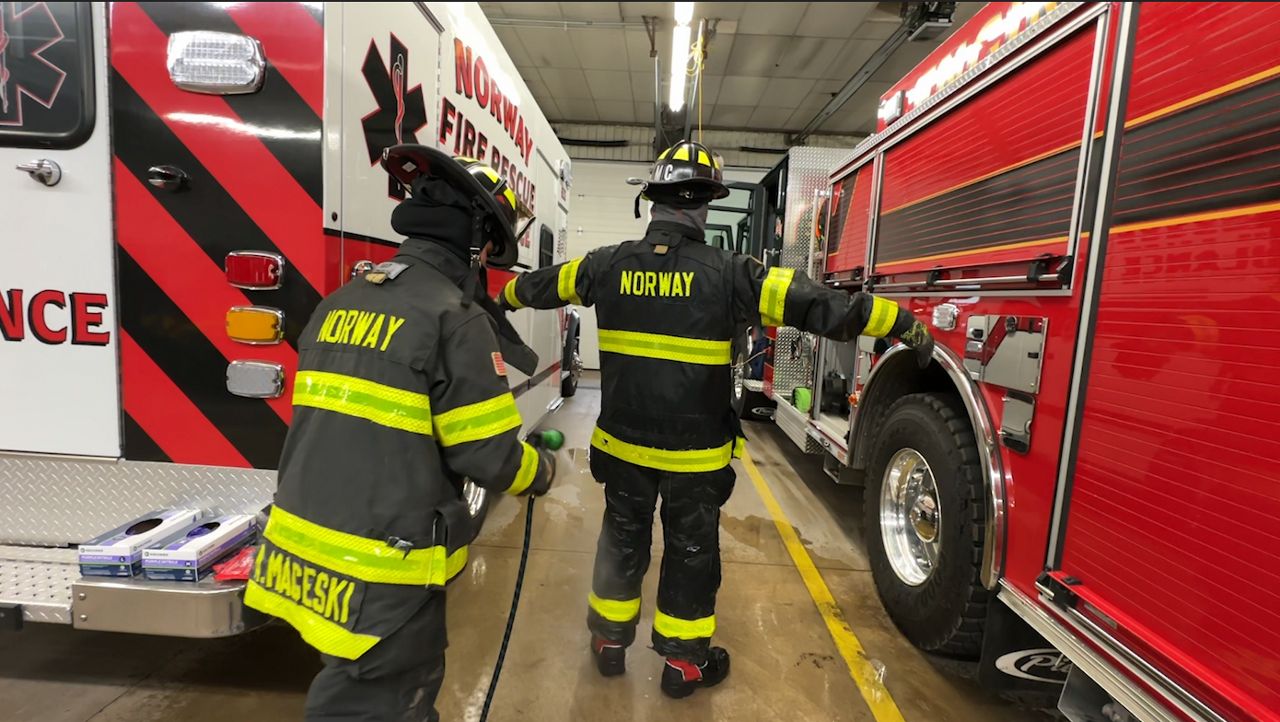
“Especially somebody, who this is my career, and there are the risks of cancer just because of how many carcinogens we are around,” Keene said. “I think it’s a big step and I hope other departments do the same thing if they haven’t already.”
Mollet said it feels good knowing his team is adapting to what he hopes is the new way of firefighting and preventing cancer while on the job.
“To see the department here, take it on and embrace it is refreshing,” Mollet said. “It feels good to know that we are providing a safe environment for our firefighters and giving them an opportunity for a long and prosperous career.”

